French braiding your hair can seem challenging, but it’s easy to master with a few simple steps. French braids are everywhere these days, gracing celebrities and adding instant polish to everyday looks. But unlike that high school French class that left you frustrated, mastering this braid is surprisingly simple! We are going to describe in steps how to make french braid your hair.
What Are French Braids
French braids are a type of hairstyle created by weaving three sections of hair together in a specific way. They start near the crown of the head and incorporate hair from the sides as you braid, creating a raised, intricate design that sits close to the scalp. This style is known for its versatility, looking polished and stylish on all hair types and lengths. From classic single braids to playful pigtails, French braids offer a variety of options for effortless beauty.
Where Did French Braids Originate
French braids originated in North Africa, with evidence of the hairstyle appearing in ancient Algerian rock art dating back to 6,000 years ago.
Read Also: 15 Box Braid Looks for All Hair Types: Find Your Perfect Braid
How To Do French Braids in 5 Easy Steps
Tools Required
- Hairbrush or Comb
- Hair Clips
- Hair Elastics
- Hairspray
- Hairpins or Bobby Pins (Optional)
Step 1: Comb your hair

Before you start braiding, make sure your hair is completely detangled. Use a wide-tooth comb or a brush to gently remove any knots or tangles. Start at the ends of your hair and work your way up to the roots to prevent breakage and ensure your hair is smooth and easy to work with.
Step 2: Section Your Hair
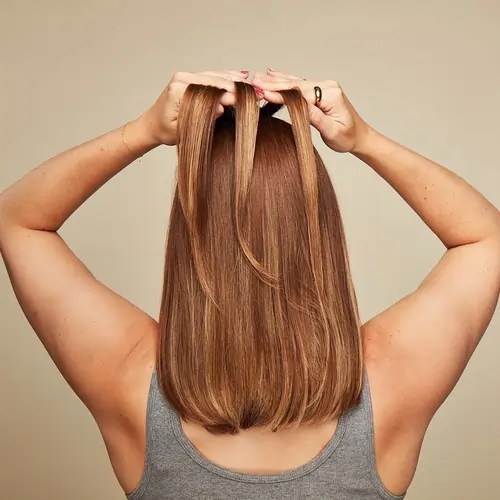
For a single French braid, gather a section of hair from the top of your head, near the crown. Divide this section into three equal parts. This will be the starting point for your braid.
Read More: 12 Knotless Braids Hairstyles to Inspired By Celebrities in 2024
Step 3: Begin Braiding
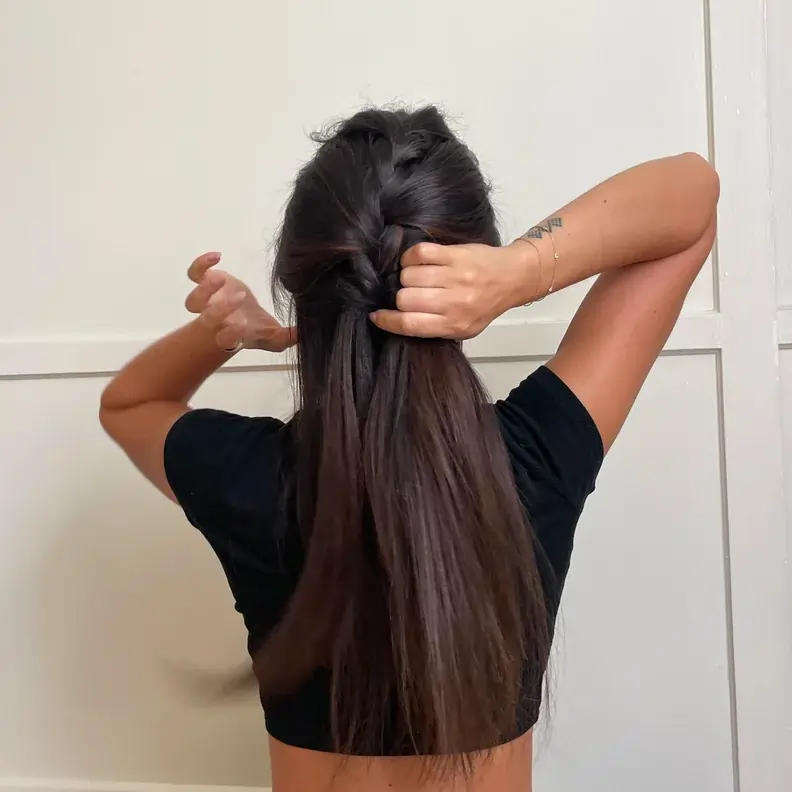
Begin by crossing the right strand over the middle, followed by the left strand over the middle, similar to starting a basic three-strand braid. After completing these initial steps on both sides, begin incorporating hair from the outside into the braid to start weaving your French braid, as per Bowman’s technique.
Step 4: Add Hair as You Go
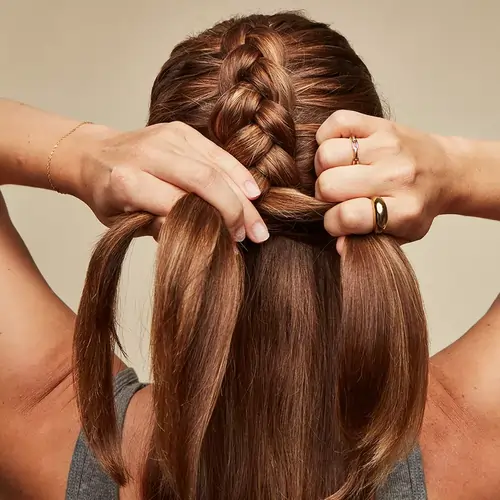
As you continue braiding, incorporate small sections of hair from the sides into the braid. This is what makes a French braid different from a regular braid. Continue adding hair and crossing the strands over the middle, maintaining even tension to keep the braid flat against your head.
Know More: 10 Boho Braids: Styles, Techniques & Maintenance for Effortless Beauty
Step 5: Secure and Finish
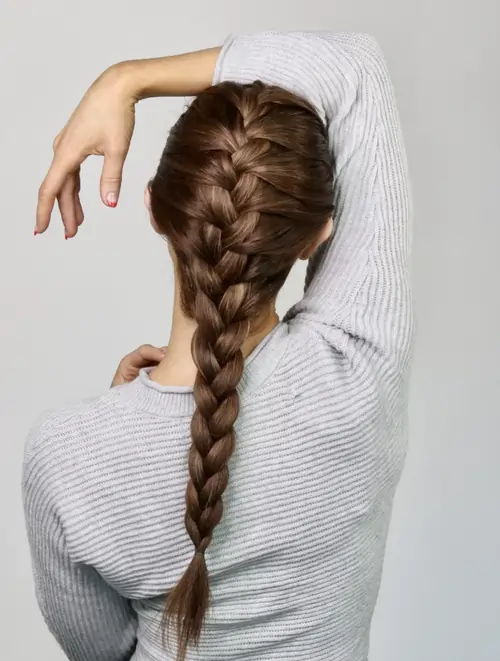
Once you reach the nape of your neck and there’s no more hair to add, finish with a regular three-strand braid down to the ends of your hair. Secure the braid with a hair tie. If you’re doing two French braids, repeat the process on the other side.
Best 7 French Braid Ideas
1. Single French Braid
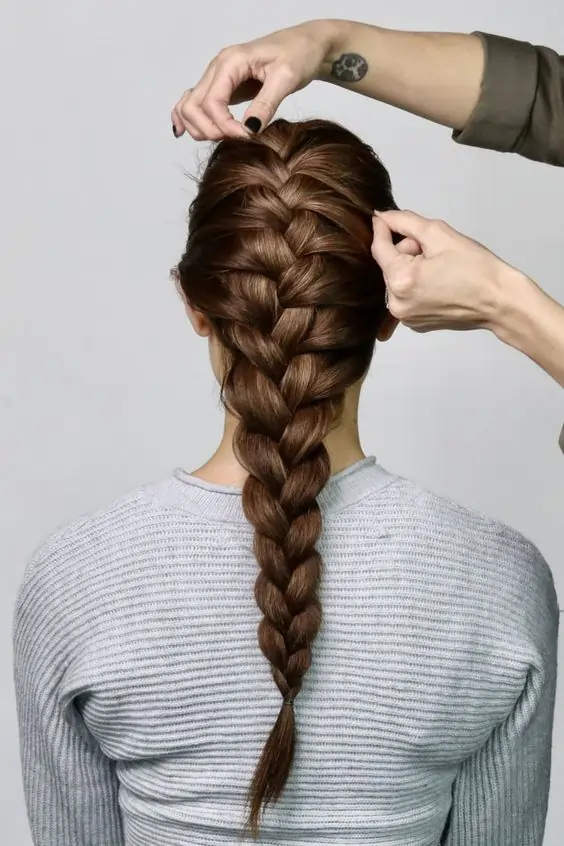
Ditch the stress of complicated hairstyles! This guide unveils the magic of the single French braid in a clear, 5-step process. No braiding experience? No problem! We’ll walk you through each step, from the initial 3-strand base to effortlessly weaving in hair for that signature French braid look. Get ready to conquer this timeless style and unlock a world of effortless chic!
2. French Braid Pigtails
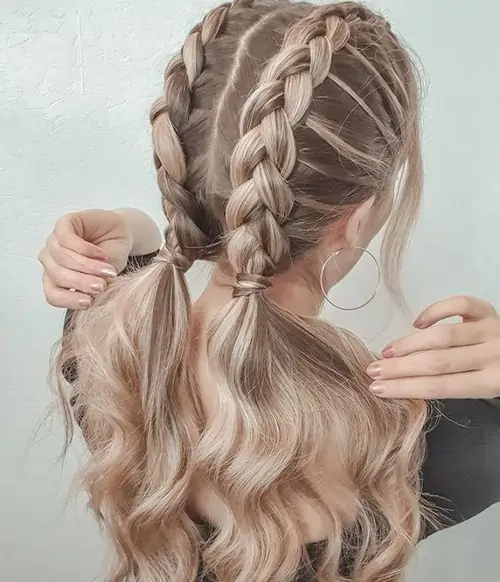
Channeling your inner schoolyard chic? Mastering a single French braid unlocks a world of fun and functional styles! Take your braiding skills to the next level with French braid pigtails. Simply braid each side of your head using the French braiding technique, creating two clean and adorable braids. This playful style is perfect for all hair types and occasions, keeping your hair secure and adding a touch of youthful charm.
Know Also: 39 Cute Kids Hairstyles for Girls: Try Braids, Buns & More in 2024
3. Loose French Braid
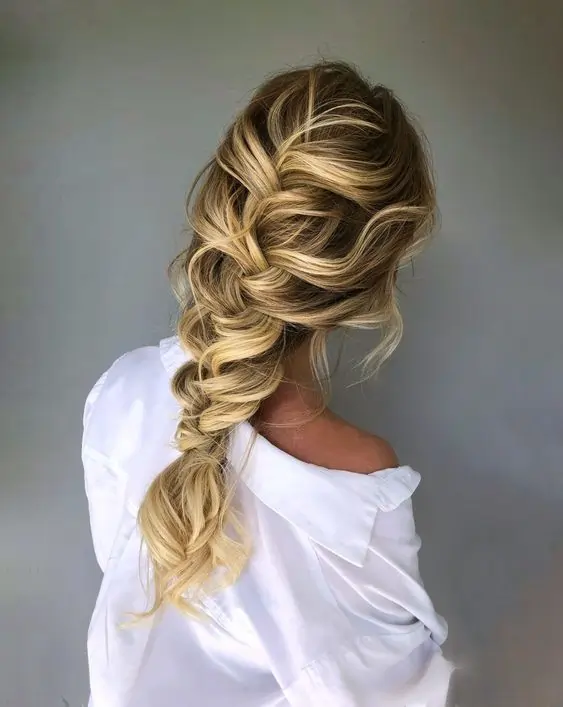
Ditch the tight, sleek look and embrace the effortless beauty of loose French braids! This twist on the classic braid uses the same basic steps (think starting at the crown and incorporating hair as you go), but with a relaxed approach. Focus on looser sections and gently tug on the braid for a textured, romantic vibe. Perfect for days when you want a stylish yet carefree look.
4. Double French Braids
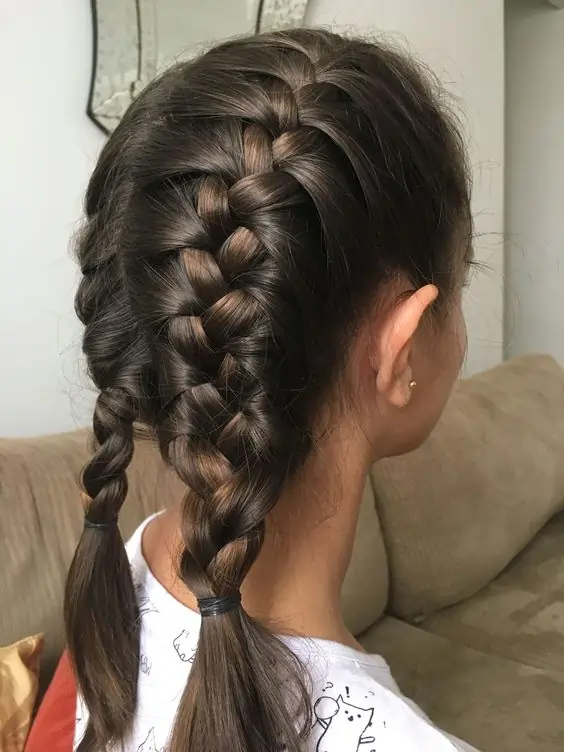
Ready to rock the iconic double French braid look? This guide takes everything you learned about mastering a single French braid and applies it twice! We’ll walk you through starting on each side of your head, creating two flawless French braids that work together for a polished and effortlessly stylish look.
Also Read: 19 Trendy Hairstyles for Round Face to Look Slim in 2024
5. French Braid Headband
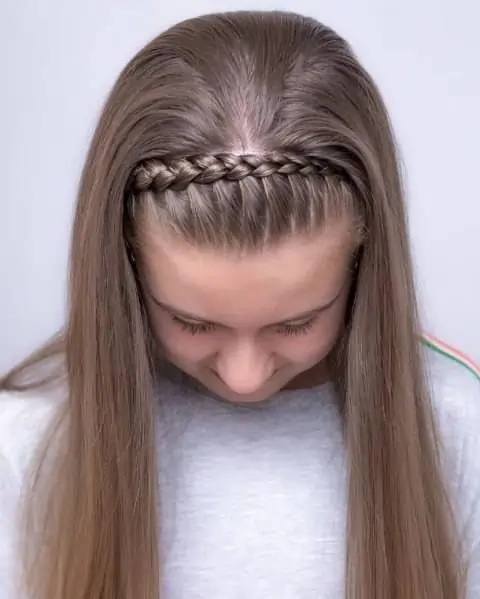
Want to tame flyaways and achieve a chic, effortless look? Look no further than the French braid headband! Similar to a classic French braid but focused on the front section of your hair, this style keeps your hair out of your face while adding instant polish. This guide will break down the simple steps involved, making the French braid headband your new go-to hairstyle.
6. French Braid with Fishtail
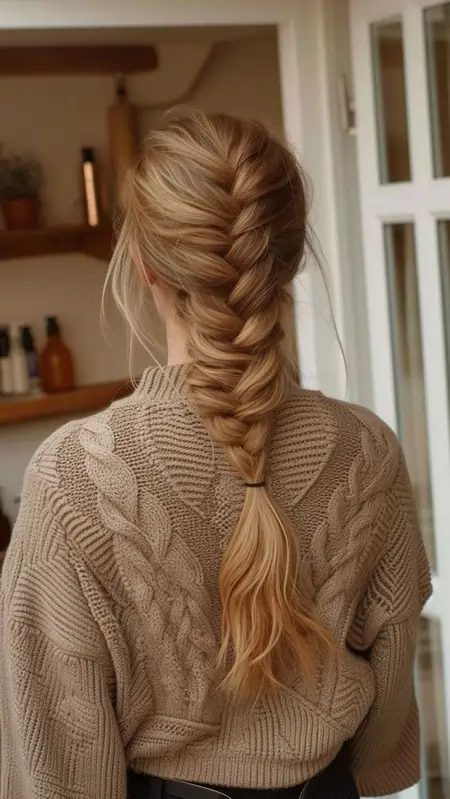
Craving a French braid with a twist (literally)? This style combines the classic French braiding technique with a fishtail braid for a unique and intricate look. While the basic French braid steps still apply – starting at the crown and incorporating hair as you go – the fishtail element involves weaving small sections from one side to the other, creating a beautiful zig-zag pattern that elevates your braid game!
Know Also: Top 12 Butterfly Haircut Ideas to Flatter Every Face Shape in 2024
7. Jumbo French Braid
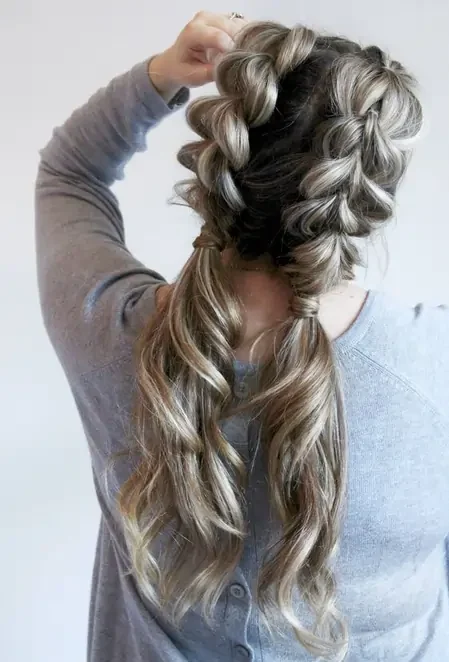
Channel your inner hairstylist and rock a voluminous braid with our guide to Jumbo French Braids! This overview won’t delve into the intricate steps (those are coming soon!), but it’ll give you a taste of what to expect. Jumbo French Braids take the classic technique and crank it up a notch, creating a bold statement braid perfect for all hair types. Get ready to learn how to add extra volume and looseness for a show-stopping hairstyle!
Conclusion
This guide unlocks the secrets to French braids in 5 easy steps. We’ll transform you from braiding novice to pro, guiding you through the starting 3-strand base, incorporating hair for that signature look, and securing your masterpiece. Get ready to conquer this timeless style and unlock a world of effortless chic, from classic braids to playful pigtails, loose & romantic styles, double braids, headbands, and even fishtail variations!
You may also read: Know Your Curly Hair Type (Wavy, Curly, Coily) and How to Care For It
FAQs
What’s the difference between a French braid and a Dutch braid?
French braids and Dutch braids are similar, but with a subtle twist! French braids incorporate hair from the sides as you braid, going over the middle strand. Dutch braids do the opposite, weaving hair underneath the middle strand for a raised, bolder look. Both techniques create stunning braids, so pick the style that suits your desired effect!
What is a reverse French braid called?
A reverse French braid is also known as a Dutch braid! It achieves a raised effect on the hair by crossing sections underneath instead of over during the braiding process.
What’s the difference between a French braid and a?
The key difference between a French braid and a regular braid lies in where you add hair. A regular braid typically adds hair from the ends as you go, while a French braid incorporates hair from the sides as you braid, creating a raised, woven effect that sits closer to your head.


